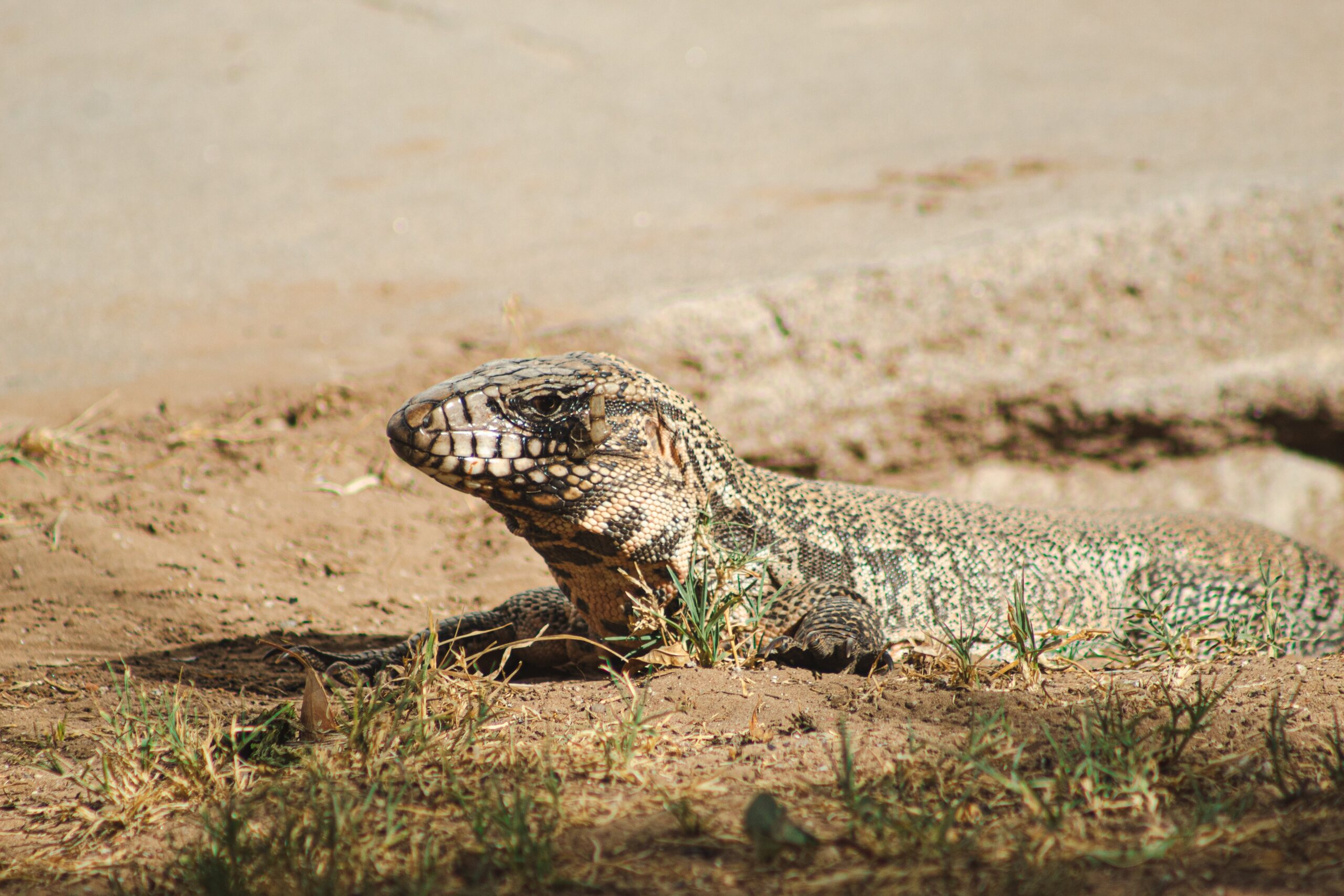Argentine black-and-white tegus, a breeding concern in multiple states, threaten native species. Yet, ongoing trapping efforts show promising signs of success.
In the heart of the Everglades, a formidable invader has emerged—the Argentine black-and-white tegu, an impressive lizard adorned with captivating spotted scales. Stretching up to four feet in length, these voracious reptiles have established a significant presence in South Florida and parts of the southeastern U.S., casting shadows over native species and agricultural landscapes.
Hailing from South America, tegus boast an omnivorous palate, devouring eggs of ground-nesting creatures, small animals like doves, and even low-growing fruits and vegetables. Their remarkable adaptability and resilience pose a daunting challenge in attempting to contain their relentless expansion once they’ve taken root. However, a glimmer of hope surfaces through recent endeavors in the Everglades and Georgia, indicating that efforts to address the tegu invasion might be gaining traction.
Having bred in South Florida for over a decade, tegus have not only persisted but also ventured into new territories, notably Georgia and South Carolina. This expansion triggered regulatory responses to mitigate potential threats to local ecosystems. While tegus enchant enthusiasts as exotic pets, the inadvertent release of these captives into the wild exacerbates the predicament. Growing concerns revolve around the impact on ground-nesting animals and endangered species such as the eastern indigo snake.
The resilience of tegus lies not only in their adaptability but also in their ability to endure colder temperatures, setting them apart from other reptiles. This robust nature complicates control measures, making trapping initiatives a crucial component of management strategies. In South Florida, these initiatives have yielded promising results, with a gradual reduction in tegu populations observed.
Georgia has taken a proactive stance, implementing trapping programs and engaging residents through awareness campaigns. Encouragingly, these collaborative efforts appear to be making headway, indicating a potential turning point in the battle against tegu invasions. Nonetheless, the overarching challenge remains—preventing their further spread.
Importantly, measures such as import restrictions and responsible pet ownership emerge as critical components of a comprehensive solution. While progress unfolds, the collective determination of wildlife officials, residents, and organizations strives to strike a balance between tegu management and the preservation of local ecosystems.
